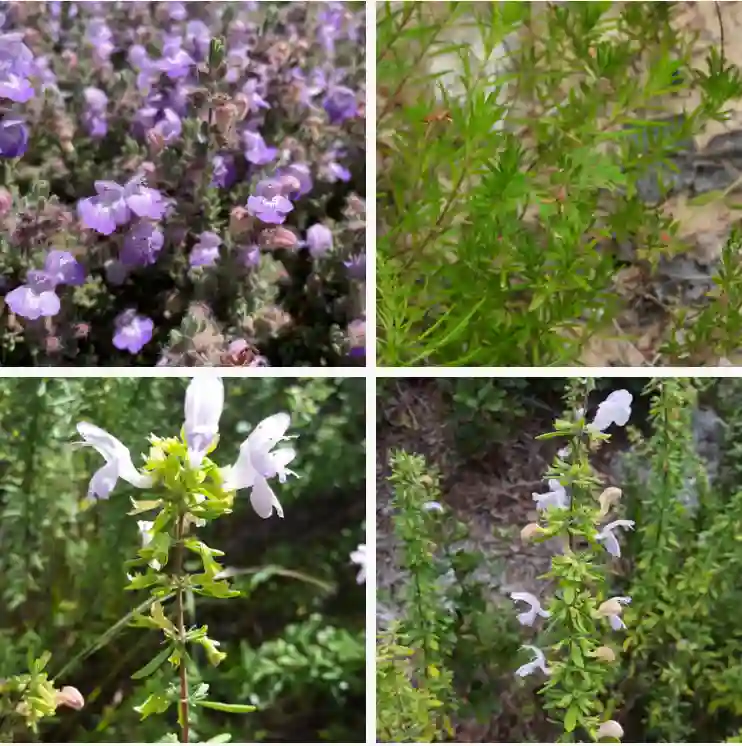My Journey into the World of Cnidium
I, Ferb Vu, have always been fascinated by the intricate world of plants. Their diversity, resilience, and sheer beauty never cease to amaze me. Lately, I’ve found myself drawn to a particular genus: Cnidium. This intriguing group of flowering plants, belonging to the Apiaceae family, boasts a unique blend of delicate beauty and potent medicinal properties. Join me as I delve into the captivating world of Cnidium.
Unpacking the Characteristics of Cnidium
Cnidium species are predominantly herbaceous perennials, though some annual varieties exist. They typically have finely divided leaves, reminiscent of ferns or carrots, and umbels of small, white or pinkish flowers. These umbels, characteristic of the Apiaceae family, are a cluster of flowers with stalks of equal length springing from a common center, creating a charming, umbrella-like effect.
The genus is native to Eurasia and North America, thriving in diverse habitats ranging from grasslands and meadows to mountainous regions. This adaptability is a testament to their hardiness and resilience.
A Closer Look at Cnidium Species
The Cnidium genus comprises a diverse array of species, each with its unique characteristics and properties:
- Cnidium monnieri (L.) Cusson: Perhaps the most well-known species, commonly known as Monnier’s snowparsley. It is widely used in traditional Chinese medicine for its anti-inflammatory and antibacterial properties.
- Cnidium dauricum (Jacq.) Fisch. & C.A.Mey.: Native to Siberia and northern China, this species is known for its beautiful, delicate white flowers.
- Cnidium japonicum Miq.: As the name suggests, this species is native to Japan and is characterized by its slightly larger, more prominent flowers.
- Cnidium cnidiifolium (Turcz.) Schischk.: This species is found in various parts of Asia and is known for its feathery foliage and delicate white flowers.
- Cnidium silaifolium (Jacq.) Simonk.: Native to Europe, this species is characterized by its finely divided leaves and compact umbels of white flowers.
- Cnidium bhutanicum M.F.Watson
- Cnidium divaricatum Ledeb.
- Cnidium warburgii H.Wolff
The Medicinal Potential of Cnidium
Cnidium has a long history of use in traditional medicine, particularly in Asia. Cnidium monnieri, in particular, has been extensively studied for its pharmacological properties. It contains various bioactive compounds, including coumarins like osthole, which contribute to its medicinal effects.
Some of the traditional uses of Cnidium include:
- Anti-inflammatory: Cnidium extracts have shown promising anti-inflammatory effects, potentially beneficial for conditions like arthritis and skin inflammation.
- Antibacterial: Certain Cnidium species exhibit antibacterial activity against a range of bacteria, making them potentially useful for treating infections.
- Antifungal: Some studies suggest that Cnidium extracts may have antifungal properties, which could be valuable in combating fungal infections.
- Antioxidant: Cnidium contains antioxidants that can help protect cells from damage caused by free radicals.
While traditional uses provide valuable insights, further research is necessary to fully understand the therapeutic potential of Cnidium and develop safe and effective treatments.
The Future of Cnidium
As research continues to unravel the complexities of Cnidium, its potential applications in medicine and other fields are becoming increasingly apparent. Its diverse array of bioactive compounds holds promise for developing new drugs and therapies.
Moreover, Cnidium’s aesthetic appeal makes it a desirable addition to gardens and landscapes. Its delicate flowers and feathery foliage add a touch of elegance to any setting.
In conclusion, Cnidium is a fascinating genus with a rich history and promising future. Its diverse species, unique characteristics, and potential medicinal benefits make it a captivating subject for further exploration. As we continue to learn more about this intriguing group of plants, we can unlock its full potential for the benefit of humankind and the environment.
If i die, water my plants!



